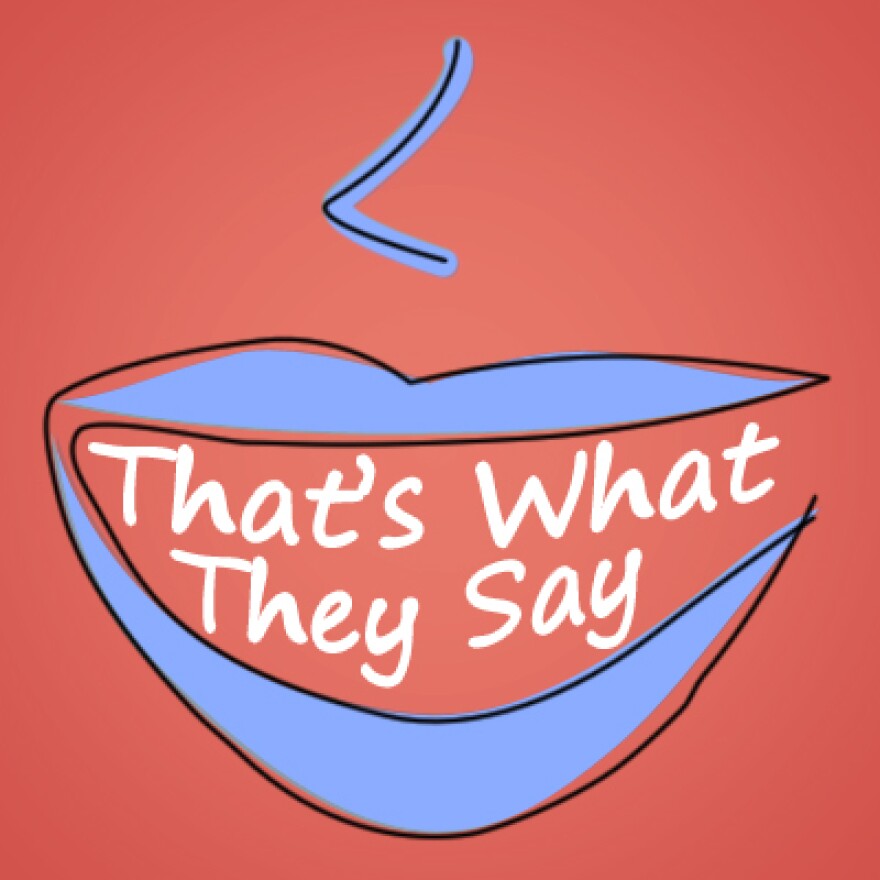For most of us, the Microsoft Word spell checker is a godsend. It helps correct our failed attempt for spelling words like vinaigrette or renaissance.
However, Word's grammar checker is a whole different story. Mostly because of that cursed green squiggly line under a word that signals we've made a grammar error. One of the most frequent and frustrating corrections involves the correct use of that or which.
University of Michigan Professor of English Anne Curzan and host Rina Miller discuss these unspoken grammar rule snafus on this edition of "That's What They Say."
"The grammar checker is trying to enforce a rule about that and which, which English speakers have never followed, as far as we can tell," says Curzan.
This rule deals with restrictive and non-restrictive clauses. Curzan explains, "A restrictive clause is a clause that restricts the item I'm talking about...a non-restrictive clause is one that just adds extra information about whatever we're talking about."
"That is typically used for restrictive clauses. For example, 'I bought the cake that has chocolate icing.' In contrast, which is meant for non-restrictive clauses, such as 'I bought the cake, which I put in the refrigerator.' Which can be used in both types of clauses. The problem is that as speakers and writers we can use which for both restrictive and non-restrictive...Microsoft Word is trying to enforce that distinction."
Another unspoken grammar rule, which the green squiggly line enforces is whether or not to start a sentence with and or but. According to Professor Curzan, there's a myth out there that you can't start a sentence with and or but, but she says it's not true.
Rest assured that at least with grammar, there are still a few places where you're smarter than Word spell checker. Now, if only I could spell renaissance without help.






